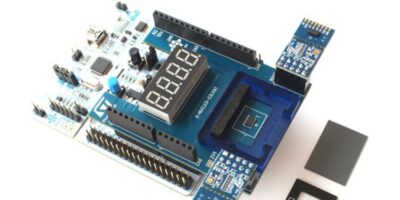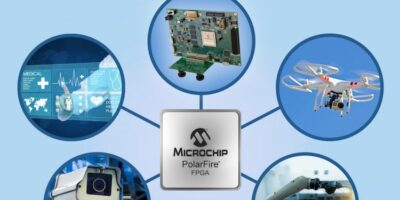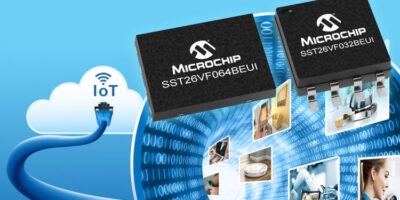Distributor, Premier Farnell is shipping a range of time of flight (ToF) sensors designed to meet the changing needs of design engineers and address demand for 3D information and extended range created by new use cases. ToF devices support applications such as gesture sensing, distance measurement, robotics, industrial automation and process control, enabling, for example, the monitoring of the position of an object in production as it is transported through a plant on a conveyor belt.
Devices available for next day delivery increase distance capabilities irrespective of colour and surface of the item tracked, maximise potential use within both indoor and outdoor environments and satisfy high-speed, small size and low power demands, driven by Industrial IoT application needs.
A new device is the ISL29501 ToF IC from Renesas. This is designed for detecting objects at distances up to two metres, providing a cost effective and efficient solution for distance measurement, says Premier Farnell. The ISL29501 provides object detection and distance measurement solution when combined with an external emitter (LED or laser) and photodiode. Its small size and low power consumption enable the IC to be used with connected devices in IoT applications, as well as for consumer mobile devices, home automation and the emerging commercial drone market.
There is also the VL53L1X ToF Nucleo pack from ST Microelectronics. The evaluation kit allows anyone to learn, evaluate and develop an application using the VL53L1X ToF, a device based on ST’s patented FlightSense technology. The VL53L1X is claimed to be the fastest miniature ToF sensor on the market with accuracy ranging up to four metres and fast-ranging frequency up to 50Hz. It allows absolute long-distance to be measured independently of target reflectance as instead of estimating the distance by measuring the amount of light reflected back from an object the VL53L1X precisely measures the time the light takes to travel to the nearest object and reflect back to the sensor.
Another tool is the AFBR-S50MV85G evaluation kit, from Broadcom. This comprises an NXP FRDM-KL46Z evaluation board and the AFBR-S50MV85G adapter board for connectivity between the sensor and a microcontroller board without the need for soldering. This sensor is suitable for indoor and outdoor use and optimised for distances of up to 10 metres. It has been developed with a special focus on industrial sensing and gesture sensing applications that require high speed, small size and very low power consumption, such as human machine interfaces, robotics, and augmented reality.







